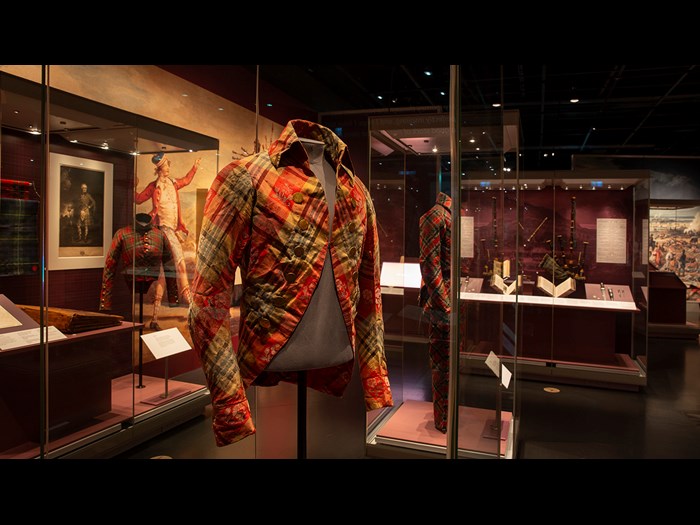The Evolution of Scottish Tourism
The National Museum of Scotland boasts exhibits from all over the world including the only place you can see an Ancient Mummy outside of Egypt, limestone sculptures from Ancient Assyria and a dodo from Mauritius. But what was one of the major complaints I received from tourists back when I worked as an Edinburgh Tour Guide? It isn’t Scottish enough!
Crazy, right?!
So, what does the National Museum of Scotland do to combat this? Well every couple of years, over the summer, which is peak season for tourism, they put on an exhibition that is all about Scotland.
And this year they have really hit the nail on the head with their latest paid entry exhibition: ‘Wild and Majestic’ which is about the history of the Scottish tourism industry.
It explores how the Romantic Movement during the 18th and 19th century, including poets like Wordsworth or Byron and painters like Knox, captured the imaginations of the world and so the idealised depiction of Scotland was born.
Through both artistic perception and real artefacts, the National Museum of Scotland differentiates between what the real Scotland is and the glamorised vision spread worldwide throughout history. In particular, it explores the monarchy of the UK focusing on both George IV’s royal visit and Queen Victoria’s fascination with the Highlands leading to her eventual purchase of Balmoral castle.
The development of Balmoral gives an interesting insight into the overall development of Scotland to keep up with the surge of tourism. The rural area, which had been untouched for centuries, was now being – somewhat begrudgingly- taken over by the upper classes. This led to the development of the travel networks and buildings all over the Highlands. It tells us that in order to preserve the history that attracts visitors, we must also be prepared to evolve.
Another brilliant move the National Museum of Scotland has made is to pair up with Sabhal Mòr Ostaig College on Skye, which is part of the University of the Highlands and Islands (UHI). Together they wrote copy and content for the displays which were then translated into Gaelic as well as discussing the impact that the language and culture have had on Scotland’s evolution. This aspect will not only encourage those from the North to experience the Museum but should also appeal to specialist societies and charities looking to preserve this ancient language.
In short, the travellers who come to Edinburgh can see their perfect and stereotyped vision of Scotland: everything from Tartan to Bagpipes, whereas the locals can see how Scotland was (and still is) essentially rebranded for the sake of the tourism industry. An insightful way to make the exhibition accessible to all.

